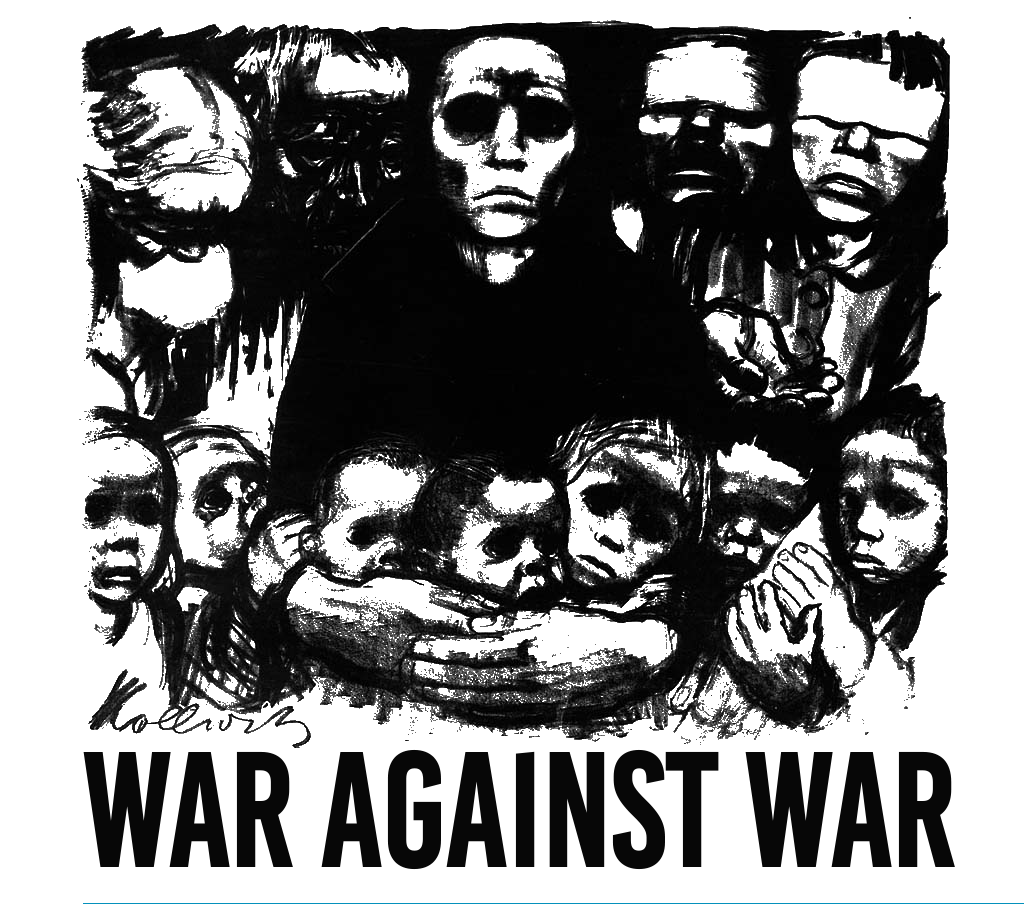This article presents and critically assesses the latest anthropological and archaeological research on the chronology, lethality, and frequency of violence and war in human history. Stepping back from the rhetorically polarized dispute between ‘Hobbesians’ and ‘Rousseauans’, the article examines the methods and findings of the latest research in a conceptually novel way, i.e. by dropping the existing and widely used polarized terms that have inevitably framed the literature so far. The article demonstrates that multiple sources of evidence point more in the direction of the modal human prehistoric social organization, i.e. nomadic hunter-gatherers, likely having warfare only in a minority of cases, or war even being virtually non-existent (with interpersonal violence being more common). The dispute over this claim so far is found to stem, at least in part, from the varying definitions of war and the grouping together of nomadic with complex foragers. More significantly, the disagreement is due to different sampling and sourcing techniques of different researchers, the biggest divide being between self-selection/systematic sampling and first-best/second-best sources. Important potential warlike exceptions are also noted and discussed in the article from multiple angles (Jebel Sahaba, Nataruk, Aboriginal Australia, etc.), as are the discovered precursors and enabling conditions of war, such as the complexification of (nomadic) hunter-gatherer societies with the transition to settled life.
This was originally published on SAGE Publications Ltd: Journal of Peace Research: Table of Contents.
